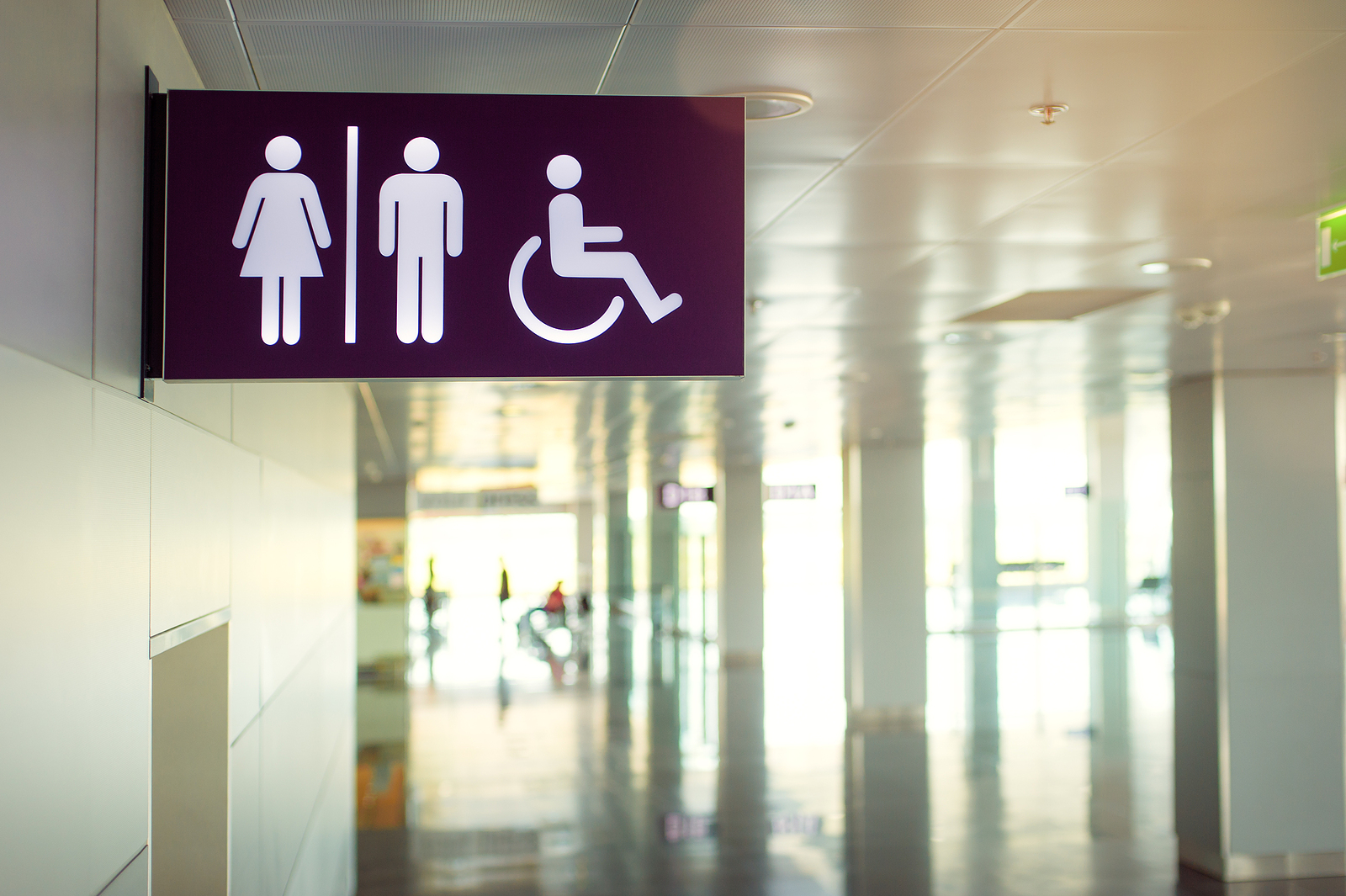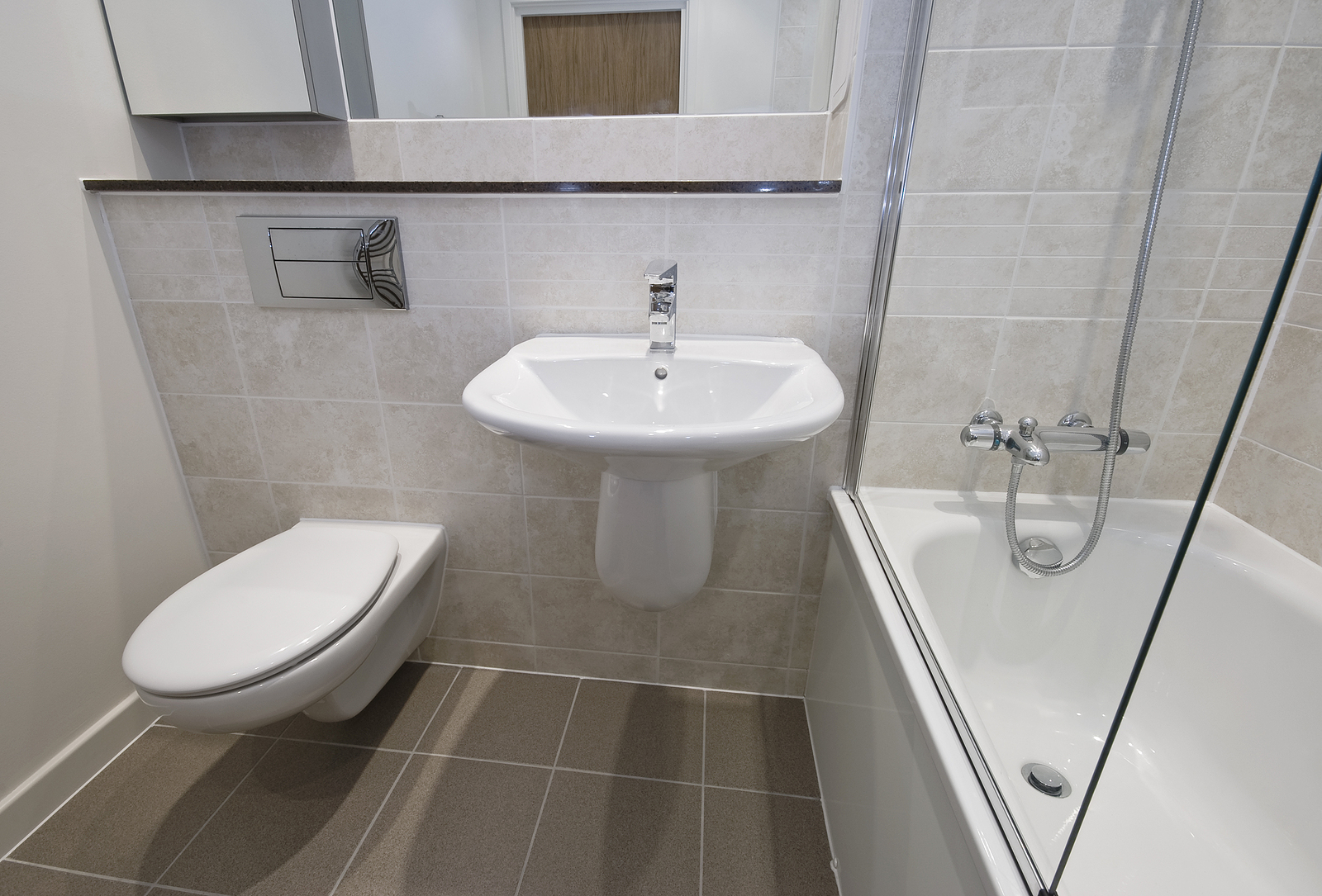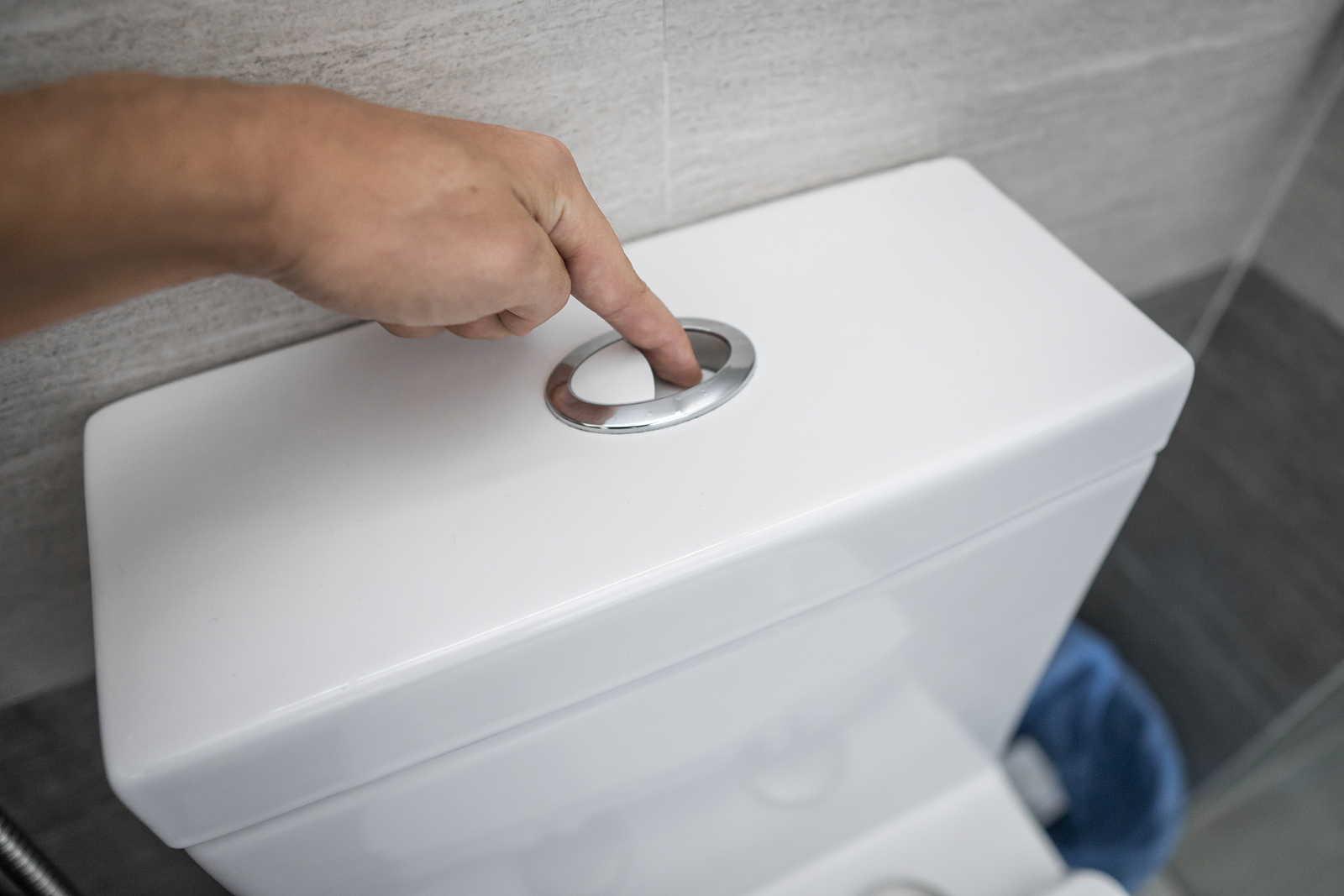

There are a lot of aspects of the public washroom experience that are so ubiquitous that many people do not even question how and why they became the standard.
The standard size and shape of toilet cubicle packs, the height of sinks and the placement of soap dispensers, hand drying equipment and mirrors are subject to some variation based on room dimensions but are typically similar in different places.
One of the most interesting examples of this is two symbols that are seen in front of almost every washroom, covered under the ISO 7001 standard.
The male, female and combined unisex symbols have become a ubiquitous and incredibly helpful system for knowing where a nearby public convenience is, but their origins start in Red Vienna before heading to Britain via a modernisation of public services.
The Red Vienna Method
The International Symbol of Typographic Picture Education, often known simply as isotype, is the idea that you can create a universal language in public spaces through the use of internationally recognised symbols.
It was initially created in Vienna, Austria, in 1925, during a period of major reforms to housing, education, healthcare and sanitation later known as Red Vienna.
Part of this was the establishment of the Museum for Social and Economic Affairs (Gesellschafts- und Wirtschaftsmuseum or GWM), which was designed to be not merely a place to preserve history but a place to teach, spread and share ideas.
By far its biggest legacy was what was initially known as the Vienna Method of Pictorial Statistics, an attempt to make statistics more interesting and memorable through symbols that would be quickly learned through repetition, resembling modern-day infographics more than signage.
The idea, initially developed by Otto Neurath, Marie Reidemeister (later Neurath), Gerd Arntz and several others, was that data and information were so important that they should not be limited to the elite people in society with the education to interpret them.
However, the system expanded, particularly by the 1930s, when Mr Neurath, Miss Reidemeister, Mr Arntz and countless others fled Austria to avoid political persecution due to their associations with social democrat and left-wing political groups in Vienna.
It was Miss Reidemeister who coined the acronym Isotype, and the system of over 4000 universal symbols was increasingly adapted for use not only in data presentation but for systems of pictograms.
Miss Reidemeister married Mr Neurath in 1941, but died suddenly on 22nd December 1945, although in Britain, where he called home following his escape from the Netherlands in 1937, his work would live on to a massive degree.
The Art Of The Train
The concept of universal signage began with Isotype and its use in data science and linguistics, but it would find its ultimate purpose in the design language of a rebuilding Great Britain.
It began with the work of the Design Research Unit, an early British design consultancy team who were pivotal to the modernisation of British Rail.
They designed the “arrow of indecision” that became British Rail’s logo, but were particularly important in developing a consistent textual and graphical language, which included the use of symbols to depict male, female, unisex and disabled toilets.
These symbols caught on, and by the end of the decade, dozens of different pictogram languages had been established, but these differences had created a new issue.
Connecting The DOTs
A major concern when it comes to any attempt at a pictographic language is to make sure it is understood by everyone universally, public toilets are particularly susceptible to issues surrounding cultural knowledge of gender symbols.
The first relatively standard approach of using the planetary symbols for Mars and Venus relied on a knowledge of the Greek/Roman gods, the similar use of Sun and Moon symbols, whilst others still would rely on elemental representations of gender.
Given that symbols such as fire can represent almost anything (in Germany, it was the symbol for female washrooms, but it is the opposite in Brazil), this was an issue that needed fixing once and for all in order to avoid confusion in public spaces.
The British Rail approach was very popular and caught the attention of the United States Department of Transportation, which established the DOT pictogram system of signage that is still widely used today.
Alongside 50 other universal symbols, the idea of the triangular dress symbol to signify female washrooms and the stick figure to signify male ones has stuck ever since, even in countries where there is no cultural expectation for women to wear dresses.




